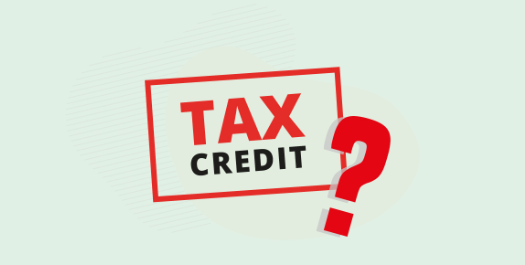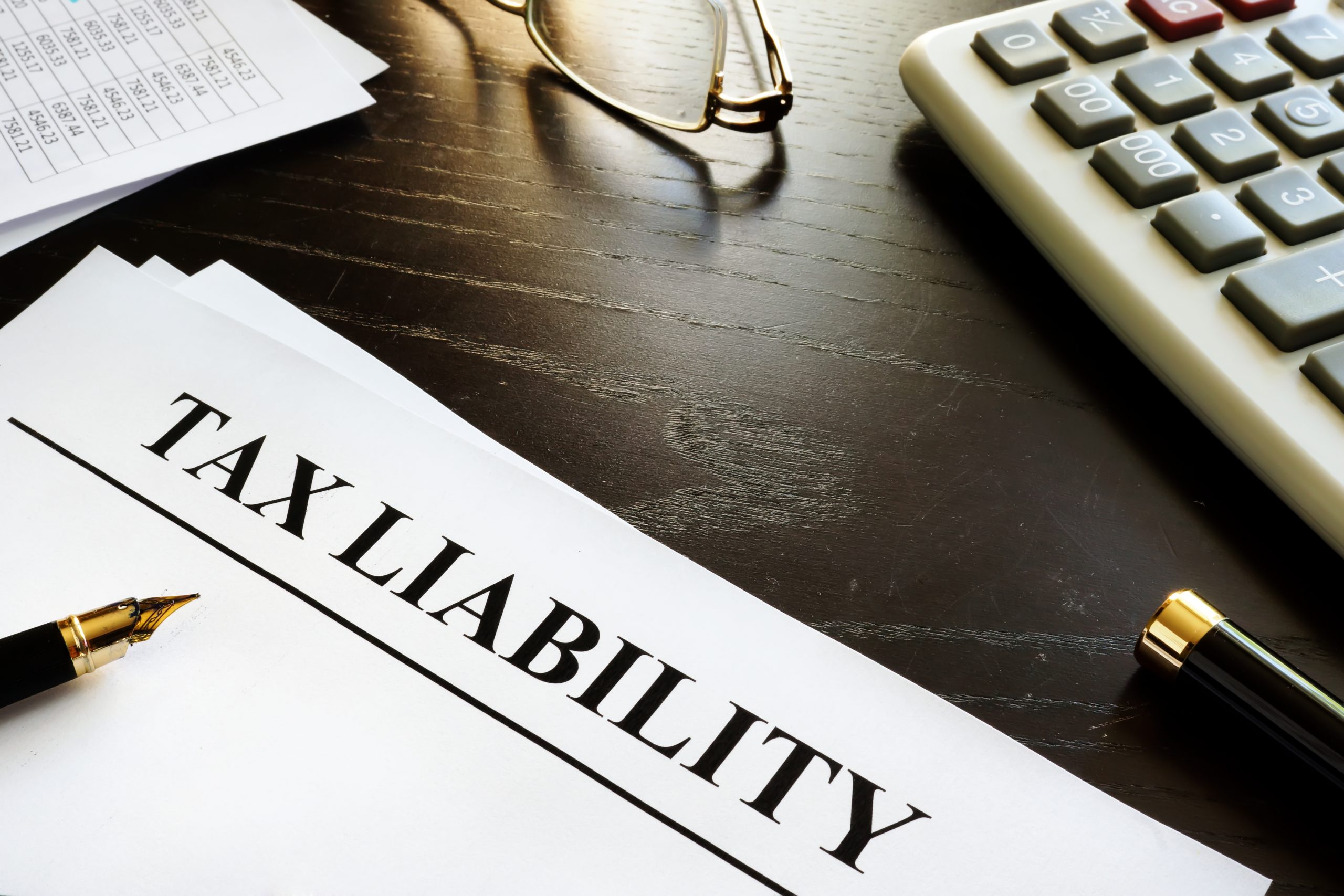How to get 7500 EV Tax Credit to be many people concern. You could use the tax credit to reduce the overall cost of the vehicle, which could help you save money in the long run. So, Infofinance will show with you about way to get 7500 EV Tax Credit easily and quickly now.
What is Tax Credit?
A tax credit is a type of tax incentive offered by governments to encourage certain behaviors or activities. Tax credits allow taxpayers to reduce the amount of taxes they owe on a dollar-for-dollar basis, making them more valuable than tax deductions, which only reduce taxable income.

Tax credits come in many forms and can apply to various areas, such as education, energy efficiency, home ownership, and business investment. In the context of electric vehicles, tax credits are offered to incentivize the purchase of electric or hybrid-electric vehicles and to reduce emissions from transportation.
The EV Tax Credit, for example, is a federal tax credit of up to $7,500 offered to individuals who purchase a qualifying new electric or plug-in hybrid electric vehicle. The credit amount depends on the battery capacity and the individual’s tax liability. The goal of this tax credit is to encourage the adoption of electric vehicles and reduce the amount of greenhouse gas emissions from the transportation sector.
Other examples of tax credits include the Child Tax Credit, which offers a credit of up to $3,600 per child for eligible families, and the Earned Income Tax Credit, which provides a credit to low- to moderate-income workers.
Overall, tax credits are a way for governments to incentivize certain behaviors or investments that are deemed beneficial to society, while also reducing the amount of taxes owed by individuals and businesses.
When need get 7500 EV Tax Credit
The $7,500 EV Tax Credit is available to individuals who purchase or lease a qualifying new electric or plug-in hybrid electric vehicle. In order to claim the credit, the following criteria must be met:
The vehicle must be a new vehicle: The tax credit is only available for the purchase or lease of a new electric or plug-in hybrid electric vehicle. Used vehicles are not eligible for the credit.
The vehicle must be a qualifying vehicle: The vehicle must be a qualified plug-in electric vehicle, meaning it must draw propulsion from a battery with at least 4 kilowatt hours (kWh) of capacity and be capable of being recharged from an external source of electricity.
The manufacturer’s sales limit has not been exceeded: The tax credit is only available for the first 200,000 qualifying electric vehicles sold by each manufacturer. Once a manufacturer sells 200,000 qualifying vehicles, the tax credit begins to phase out over a year until it is fully phased out.
The vehicle is used for personal use: The tax credit is only available for vehicles that are used primarily for personal use, not for business or commercial use.
Once these criteria are met, the process to claim the EV Tax Credit involves the following steps:
Step 1: Determine the amount of the tax credit
The amount of the tax credit is based on the vehicle’s battery capacity and the individual’s tax liability. The maximum credit is $7,500.
Step 2: Complete IRS Form 8936
This form calculates the amount of the EV Tax Credit and must be filed with the individual’s federal tax return.
Step 3: Claim the credit on the tax return
The amount of the EV Tax Credit is claimed on the individual’s federal tax return to reduce their tax liability.
It’s important to note that the eligibility requirements and amount of the EV Tax Credit are subject to change and may vary based on individual circumstances, so it’s recommended to consult with a tax professional or the IRS for the most up-to-date information.
How to get 7500 EV Tax Credit
Here are the general steps to claim the $7,500 EV Tax Credit in the United States:
Step 1: Purchase or lease a new qualifying electric vehicle
The vehicle must be a new, plug-in electric vehicle that draws propulsion from a battery with at least 4 kWh of capacity.
Step 2: Determine your tax liability
The amount of the tax credit is equal to 100% of your federal tax liability, up to a maximum of $7,500. If your tax liability is less than $7,500, your credit will be limited to the amount of your tax liability.

Step 3: Complete IRS Form 8936
This form calculates the amount of your EV Tax Credit and is filed with your federal tax return.
Step 4: Claim the credit on your tax return
Enter the amount of your EV Tax Credit on your federal tax return to reduce your tax liability.
Step 5: Keep documentation
Keep a copy of your purchase or lease agreement, as well as any other supporting documentation, in case of an audit.
It’s important to note that there may be additional state or local incentives available for electric vehicles, so be sure to research those as well. Additionally, the eligibility requirements and amount of the EV Tax Credit are subject to change, so it’s recommended to consult with a tax professional or the IRS for the most up-to-date information.
Some notes when you get 7500 EV Tax Credit
When claiming the $7,500 EV Tax Credit for the purchase or lease of a qualifying electric or plug-in hybrid electric vehicle, there are a few important notes to keep in mind:
+ Not all electric or plug-in hybrid electric vehicles qualify for the tax credit, and the eligibility requirements and amount of the credit are subject to change. Before making a purchase or lease, it’s important to research and ensure that the vehicle meets the eligibility criteria for the credit.
+ The maximum credit amount is $7,500, but this may not cover the full cost of the vehicle. It’s important to consider the overall cost of the vehicle and the potential savings from reduced fuel costs over time when making a purchase or lease decision.
+ The credit amount is based on the individual’s tax liability. If the tax liability is less than $7,500, the credit will be limited to the amount of the tax liability. Any unused credit cannot be carried over to future tax years.
+ In addition to the federal EV Tax Credit, there may be additional state and local incentives available for electric vehicles. It’s important to research and consider these incentives when making a purchase or lease decision.
+ It’s important to keep a copy of the purchase or lease agreement, as well as any other supporting documentation, in case of an audit by the IRS.
+ The tax credit begins to phase out for each manufacturer once they have sold 200,000 qualifying vehicles. This means that the full credit amount may not be available for all electric or plug-in hybrid electric vehicles, depending on the manufacturer’s sales history.
Overall, claiming the EV Tax Credit requires careful consideration of eligibility requirements, tax liability, and potential savings. It’s important to research and consult with a tax professional or the IRS to ensure that all requirements are met and the credit is claimed correctly.
Therefore, in the above article, Infofinance.vn shared with you how to get 7500 EV Tax Credit. Hope that, these above information can help you reduce EV Tax Credit easily and quickly but without asking for anyone’s help.




